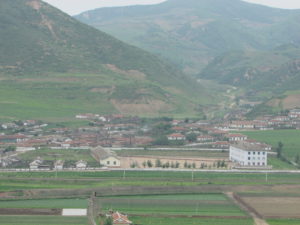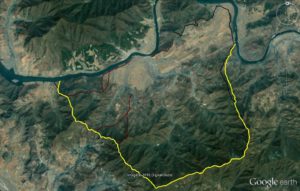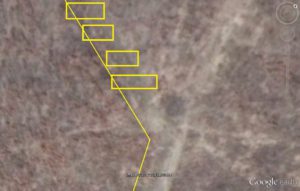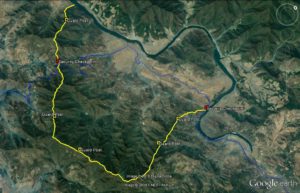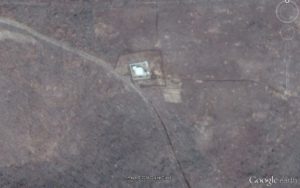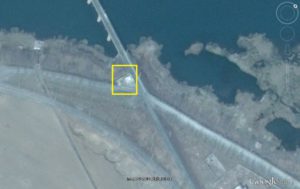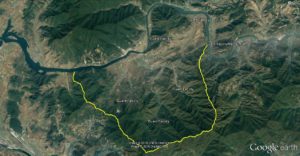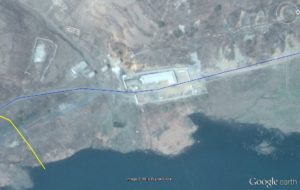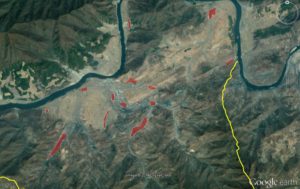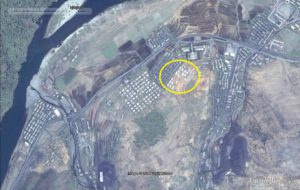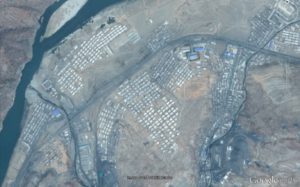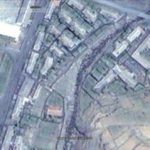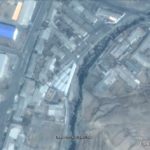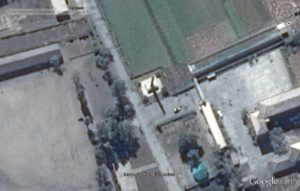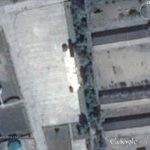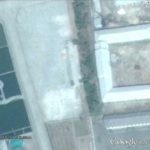Benjamin Katzeff Silberstein
This post is primarily for my own archival purposes, but hopefully others can find it useful too. It gathers four articles that deal with the social consequences of re-forestation efforts in North Korea. I’ve dated it to the latest among these four articles.
Cutting down trees is punishable by death, according to a 2016-decree. NK News:
The North Korean state has been warning citizens who hamper forest restoration and destroy natural habitats that they might face the death penalty for their crimes, photos obtained by NK News this month and taken last year have revealed.
The source could not say where in the country photos were taken, due to the sensitivity of obtaining the material.
The proclamation listed recommended and prohibited activities and was released by the DPRK’s Ministry of People’s Security under the National Defense Commission on March 17, 2015.
The punishment applies to all organizations and companies as well as residents.
“[The promulgation] clamps down, arrests and legally punishes those who violate [the rules], regardless of post position, distinguished service, and affiliation,” the Ministry of People’s Security said in a written statement.
“Someone causing forest fires or cutting down trees indiscriminately and illegally in specially protected forest areas will be punished ‘carrying a maximum penalty of death.’”
The People’s Security Ministry urged violators to confess within one month, saying those that do would be “treated leniently.”
The announcement also alluded to a feud between locals and the law enforcement tasked with protecting forests.
“Don’t ever protest against and assault officials in charge of supervising and controlling the enforcement,” the Ministry of People’s Security warned. The authorities said the criminal would be caught in the act and face “severe legal punishment.”
Full article/source:
Exclusive: N.Korean warning threatens deforesters with execution
Dagyum Ji
NK News
2016-11-15
Re-forestation efforts are often much more difficult to implement in practice than to formulate in theory:
North Korea has been
pushing forward with reforestation efforts in an attempt to produce visible
achievements ahead of the 7th Party Congress in May, but those who have been
mobilized for the labor-intensive projects are complaining profusely, realizing
that the campaign will fail to produce the expected results.“On Arbor Day (March 2), the grounds still
hadn’t thawed from the winter cold, so no matter how hard you try, the trees
aren’t able to secure their roots,” a source from North Hamgyong Province told
Daily NK on Wednesday. “There’s not enough manpower to dig through the frozen
ground, and the tree and forest management offices are all for show. So from
the initial planting stage, we’re unable to find healthy saplings to plant.”Sources in Ryanggang Province and South
Hamgyong Province corroborated this news.“On top of that, those from above are
pushing the citizenry to plant tens of thousands of trees in time for the
‘70-Day Battle’, so some people find tree segments without roots and just place
them in the soil, before reporting them as progress made,” he added. “You can
even see people who don’t have the money to buy these saplings, going out at
night to uproot those planted elsewhere and transferring them to new areas that
have been designated for forestation that month.”North Korea has for many years pushed for
reforestation in the spring with all-out campaigns, but the results have been
negligible so far, according to the source. This is because the majority of the
trees planted each year are unable to survive due to poor soil conditions and
problems with sapling health. Even those that manage to survive do not last
long in the absence of proper care.
Full article/source:
Another year, another misguided attempt at reforestation
Daily NK
2016-04-07
And plots used for food planting are often lost to re-forestation efforts, as the state claims the land:
As part of leader Kim Jong Eun’s efforts for reforestation, North Koreans cultivating small plots on roadsides
or mountain slopes have been ordered to plant trees in those areas and dispense with cultivation of the land in four years time.“In time for national mobilization for land
management, forest protection agents announced at inminban [people’s unit]
meetings that residents using individual plots near the road or on the slopes
of mountains will have to manage trees planted there while cultivating the
land,” a source from Yangkang Province told Daily NK on Monday.He added, “The major problem here is that they were ordered
to abandon that land after four years and stop farming there. This has seriously upset a
lot of people.”Following Kim Jong Eun’s visit to Pyongyang’s
Central Tree Nursery late last year, orders to plant trees in individual plots
were handed down nationwide. However, many chopped down trees that were impeding farming practices, to which the state responded by slapping a ban on cultivating the land after the trees reach four years of maturity, according to the
source.Despite the mandate, some residents still weed out the seedlings, meaning that for at least the month of April, the forest protection agents, of whom numbers continue to rise, will “basically have to live and work in the mountains,” the source said.
Still, the source speculated the number of those daring to get rid of trees will not be particularly high. This is because Kim Jong Eun’s emphasis on reforestation as an issue of top priority implies serious repercussions for anyone that goes against related orders. “Some have even said weeding out
planted trees at a time when the entire nation is busy with reforestation would
be like grabbing brushwood and throwing yourself into a fire,” he said.
Full article/source:
Plots for Food Lost to Reforestation Efforts
Kang Mi Jin
Daily NK
2015-04-08

